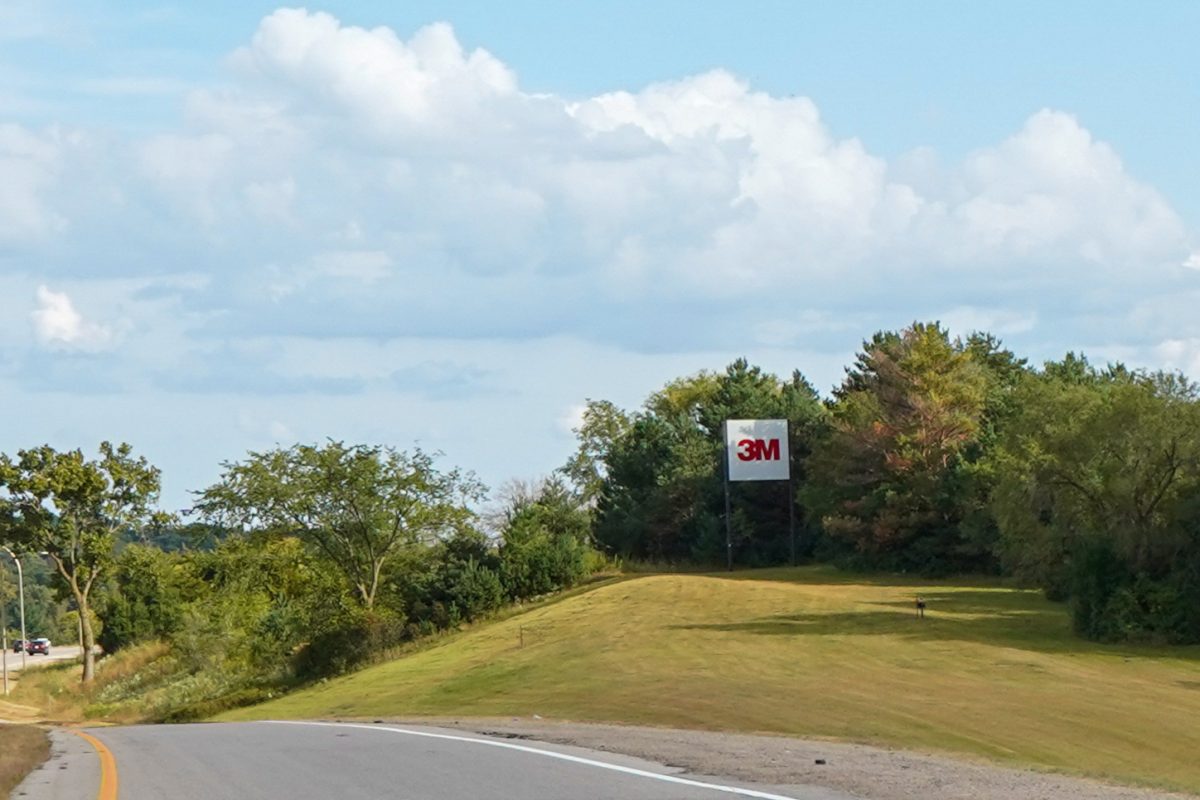The Minnesota Pollution Control Agency (MPCA) is proposing a wastewater permit limiting the amount of hazardous chemicals allowed to be dumped into the Mississippi River from 3M’s Cottage Grove plant.
The MPCA draft permit would be the first to put hard limits on what chemicals the 3M plant can release into the river and would mandate the removal of some chemicals.
Per- and poly-fluoroalkyl substances, known as PFAS or forever chemicals, are long-lasting chemicals used for decades in products for water and grease resistance. PFAS do not break down in the environment and can cause negative health effects over time.
The new permit would require the 3M plant in Cottage Grove to limit pollutants in the wastewater that flows into the Mississippi River and treat the water to remove PFAS to the level of low detection, a statement from the MPCA said.
While the 3M plant is in Cottage Grove, the wastewater from the plant is released into a creek that flows into the Mississippi River.
Once finalized, the MPCA is expecting the permit to result in less PFAS pollution in groundwater and in discharge to the Mississippi River, Adam Olson, a spokesperson for the MPCA, said in a separate statement to the Minnesota Daily.
“Lower PFAS levels in groundwater and the Mississippi mean less PFAS in drinking water drawn from that groundwater and less PFAS in fish and other wildlife in the Mississippi’s ecosystem,” Olson said in the statement.
Minnesota passed a law banning PFAS in food packaging and other products in 2023, and will prohibit more PFAS products starting in 2025.
Additionally, 3M, who has used PFAS since the 1950s, will stop making the chemicals by the end of 2025, according to a 3M statement made in 2022.
The MPCA is now reviewing public comments on the permit before finalizing the draft to be enacted in early 2025.
The Met Council issues concerns about the draft
One comment about the permit was submitted by the Metropolitan Council, which operates nine of the regional water treatment facilities in the Twin Cities.
According to the Met Council’s comment, written by Met Council’s General Manager of Environmental Services Leisa Thompson, the agency has many concerns about the feasibility of the draft permit. Among those concerns are on how the water quality criteria was determined, the attainability of lowering PFAS to the desired levels and how water quality will be accurately measured.
“The Met Council appreciates MPCA’s efforts to address PFAS in Minnesota waters,” Thompson said in the Met Council comment. “However, the Met Council has substantial legal, policy and scientific concerns regarding the PFAS-related requirements in the Draft Permit.”
The technology required to lower PFAS to undetectable levels is not available, Thompson said.
“Our understanding is that there are no available control technologies that will reduce PFAS to the proposed levels,” Thompson said.
Instead, the MPCA should determine PFAS limits based on what can be attainable with current water treatment technology, Thompson said. In addition, the Met Council is concerned that the PFAS limit in the draft permit cannot be accurately measured.
“This violates basic due process rights by subjecting a facility to possible enforcement actions for alleged violations even though there is no way to know what levels are actually being discharged,” Thompson said.
Olson said the PFAS limits for the 3M plant draft permit were finalized in May 2024 and are based on site-specific water quality criteria which resulted from years of research.
Under the current draft permit, the 3M Cottage Grove plant has to meet the determined PFAS limits by December 2026.














